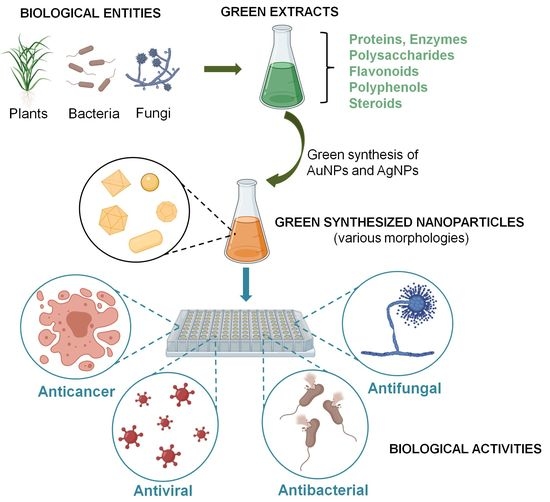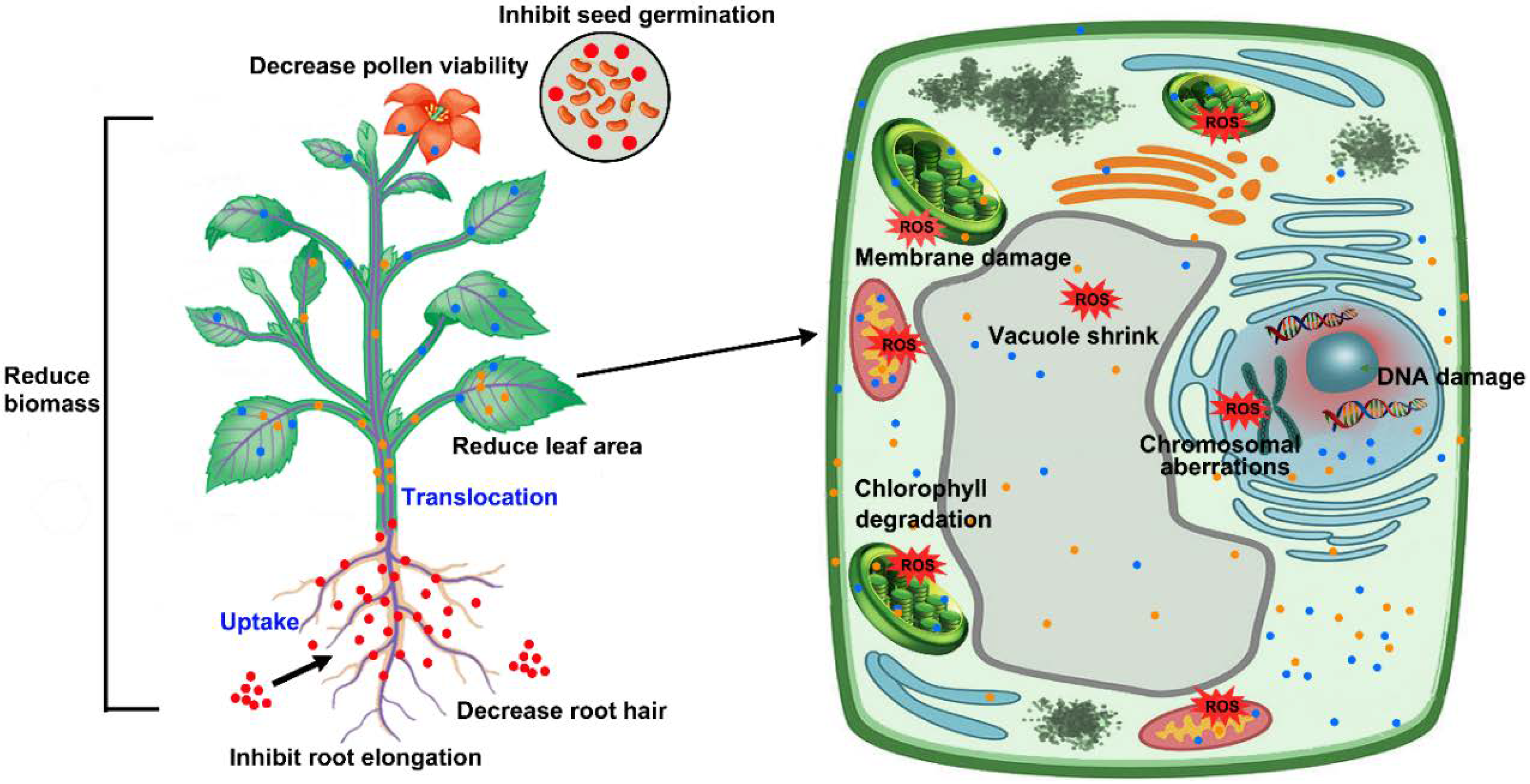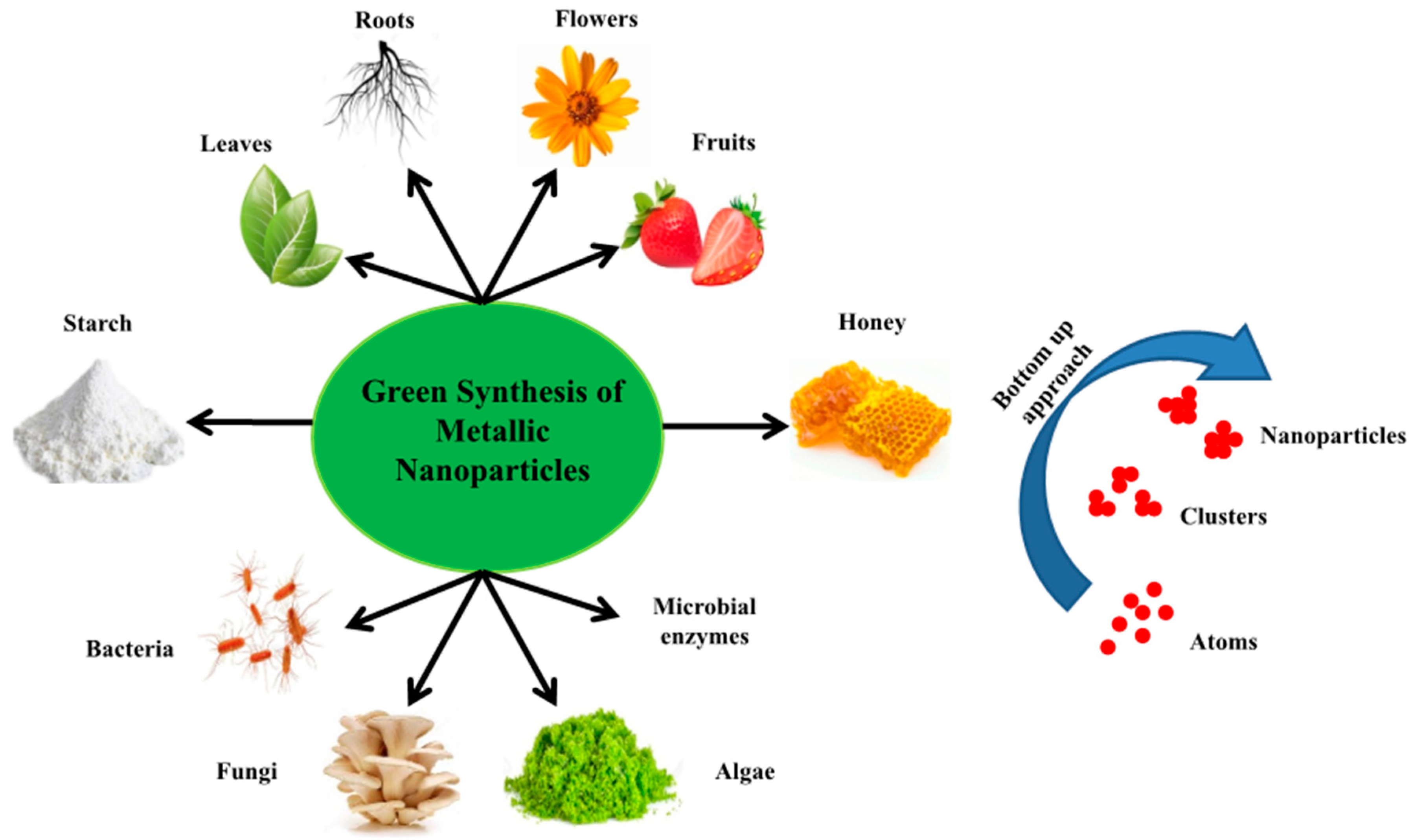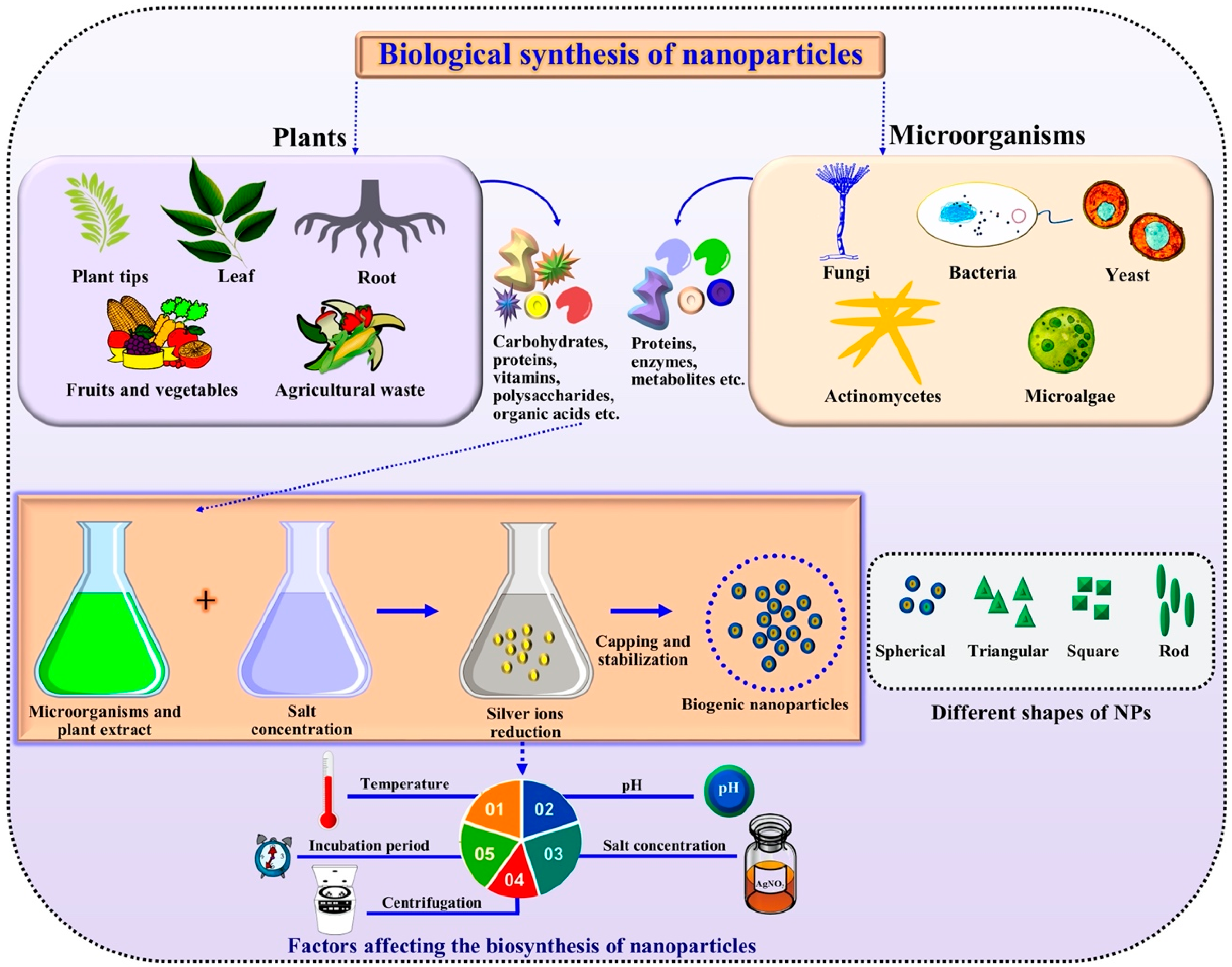plant based nanoparticles
The best solution to exclude andor minimize these toxic substances is plant mediated biosynthesis of Pd NPs. IC50 410 μgmL on human embryonic kidney cells HEK 293 was measured.

Plant Based Nanoparticles Can Combat Antibiotic Resistance Vegconomist The Vegan Business Magazine
We generate and validate a platform that can deliver plasmid.

. Their chemical synthesis is quite costly and requires the use of hazardous chemicals Viswanath and Kim 2015. The toxicity effect of plant-derived copper NPs on various animal cell lines has been investigated as exemplified by the study of Kumari P et al. Although various studies on abiotic stress tolerance and metallic nanoparticles NPs in plants have been conducted but the details of AgNPs mediated abiotic stress tolerance have not been well summarized.
Nanoparticle traits and plant species greatly affect the interaction and nanodevices can enter and move through different pathways apoplast vs. It is evident from the earlier reports that plants are the better candidates for synthesis of nanoparticles as nanoparticles produced by using plants parts are more stable and also the rate of synthesis is faster than in the case of microorganisms Iravani 2011. They are non-toxic have tissue-specific targeting properties and can be mass-produced.
Both the roots and the leaves of this plant have antioxidant. Indeed plant extracts contain flavonoids amino acids proteins polysaccharides enzymes polyphenols steroids and reducing sugars that facilitate the reduction formation and stabilization of nanoparticles. Their production has been further expanded.
PDNPs offer multiple advantages over the currently available. An important concern about the preparation of Pd NPs is the formation of toxic by-products dangerous wastes and harmful pollutants. Plant-Based Copper Nanoparticle Production.
Thus they are suitable for large-scale biosynthesis of nanoparticles. Learn more about the technology its key features and benefits and download the factsheet. Plant-derived edible nanoparticles PDNPs are nano-sized membrane vesicles released by edible plants such as grapefruit ginger broccoli and lemon.
Here we develop a CNT-based platform which further advances the aforementioned field of nanoparticle-directed plant transformation. Iii termination is the last phase during which NPs. Metallic nanoparticles NPs such as gold Au and silver Ag NPs have been widely introduced in plant science for different applications Figure 1A.
Nanoparticles have been subjected to intensive research and ever-growing attention due to the fact they demonstrate unique and varied chemical and physical properties regardless of their tiny size 1 to 100 nm and demonstrate vast application potential. A team of researchers from Immanuel Kant Baltic Federal University obtained magnetic nanoparticles using sweet flag Acorus calamus. Therapeutic and future challenges of plant-based silver nanoparticles Green synthesized AgNPs are the emerging area of research with enormous potent activity.
Ii during growth phase small NPs adhere to form large size NP Ostwald ripening. Hundreds of studies have addressed this issue in the past decade. Ad Sustained release tech for systemic and site-specific parenteral drug delivery.
Plant-based synthesis provides an advantage to prepare nanoparticles of excellent biocompatible nature without adding additional stabilizing and capping agents. Plant-based NPs are highly stable and their synthesis is progressively quick as compared to nanoparticles synthesized by bacteria and fungi Singh et al. It is well recognizing statement that plant-based metallic nanoparticles have thermal conductivity more than solutions in hard form.
Plant-derived phytoconstituents used for green synthesis are the numerous sources of potent drug providing excellent activity to fight and destroy the devastating diseases like cancer and viral. Ad Sustained release tech for systemic and site-specific parenteral drug delivery. Depending on the effect we are expecting for a nanocarrier the application method might be critical.
Plant-based nanoparticles have attracted more attention due to growing interest in environmentally conscious products. This review summarizes recent research progress on the uptake translocation and Best Papers of 2019 from RSCs Environmental. Thus they have great potential for clinical applications.
In this section the toxicity of various nanoparticles with plant-based green synthesis both in vitro and in vivo studies are deliberated. General mechanism involved in plant-based NP formation is proposed as. Many nanoparticles including carbon nanotubes silver titanium oxide gold sulfur zinc iron silica apatite copper chitosan- NKP- nanoparticles and carbon nanotube coated NKP chitosan NPK- nanoparticles show improved plant growth and an increase in crop production when used in the proper concentrations.
Interactions between engineered nanoparticles ENPs and plants represent one of the fundamental problems we must face in the rapid development of nanotechnology. Works at low temperatures. Among various metal nanoparticles palladium nanoparticles Pd NPs are one of the most important and fascinating nanomaterials.
Extracellular vesicles EVs which have surfaced as a viable substitute for synthetic nanoparticles present challenges in terms of mass production. And requires only modest and environmentally safe components. Edible nanoparticles ENPs are nano-sized vesicles derived from edible plants.
In addition the synthesis of nanoparticles using plants offers other. These ENPs are loaded with plant derived microRNAs protein lipids and phytochemicals. Plant-based synthesis of nanoparticles is in contrast faster safer and lighter.
Nanomaterials have revolutionized the world of cancer therapy and plant-derived nanoparticles have the added advantage of being cost-effective and easy to mass produce. Because many engineered nanoparticles are toxic there is a need for methods to fabricate safe nanoparticles such as plant-based nanoparticles. Another recently developed option is plant-derived nanoparticles NPs which can be conveniently produced in large quantities at a low cost.
For the green synthesis of silver nanoparticles a silver metal ion solution and a reducing biological agent are required. Learn more about the technology its key features and benefits and download the factsheet. Symplast what influences their effectiveness and their final fate.
These nanoparticle-based systems like EVs contain bioactive molecules such as. Therefore the plant responses to abiotic stress need to be well understood and to apply the gained knowledge to increase stress tolerance by using AgNPs for crop plants. The thermal conductivity of silver and even oxides like zinc oxide is more than that of engine oil and water at room temperature 74.
I first of all reduction in metal ions takes place by the phytoconstituents followed by nucleation of reduced metal atoms that is called activation phase. 17 72 Because of its non-toxic nature it is well agreed that plant-based SeNPs can be one of the alternative strategies to control the deadliest diabetes. The easiest and least expensive method for producing AgNPs is to reduce and stabilize Ag ions using a mixture of biomolecules such as.
Plant-based silver nanoparticles AgNPs are among the easiest to prepare 242627303538. Recently ginger derived ENPs.

Plant Based Gold Nanoparticles A Comprehensive Review Of The Decade Long Research On Synthesis Mechanistic Aspects And Diverse Applications Sciencedirect

Molecules Free Full Text Green Silver And Gold Nanoparticles Biological Synthesis Approaches And Potentials For Biomedical Applications Html

Eco Friendly Nanoparticles For Artificial Photosynthesis Photosynthese Nanotechnologie Energie Renouvelable

Fabrication Mechanism Of Plants Based Phytogenic Magnetic Nanoparticles Download Scientific Diagram

Green Synthesis Of Nanoparticles And Their Biomedical Applications A Review Acs Applied Nano Materials

A Review On Plant Extract Based Route For Synthesis Of Cobalt Nanoparticles Photocatalytic Electrochemical Sensing And Antibacterial Applications Sciencedirect

Molybdenum Mo Micron Powder Size 10 Micron Purity 99 99 Nanografi Nano Technology Purity Nanotechnology Boiling Point

What S Happening With Nanofoods Nanotechnology Food Technology Food Packaging

Ijms Free Full Text Impacts Of Silver Nanoparticles On Plants A Focus On The Phytotoxicity And Underlying Mechanism Html

Materials 08 05377 G001 1024 Fun Learning Material Properties Of Materials
Biomedical Potential Of Plant Based Selenium Nanoparticles A Comprehensive Review On Therapeutic And Mechanistic Aspects Document Gale Academic Onefile

Silver Nanoparticles Could Give Millions Microbe Free Drinking Water Structured Water Silver Nanoparticles Water Crisis

Green Synthesis Of Metal And Metal Oxide Nanoparticles From Plant Leaf Extracts And Their Applications A Review

Nanomaterials Free Full Text Flower Based Green Synthesis Of Metallic Nanoparticles Applications Beyond Fragrance Html

Nanoparticles Metal Amp Metal Oxides Market Size Report 2026 In Vivo Marketing Body Awareness

Nanomaterials Free Full Text Advancements In Plant And Microbe Based Synthesis Of Metallic Nanoparticles And Their Antimicrobial Activity Against Plant Pathogens Html

Sustainable Agriculture Reviews 41 Nanotechnology For Plant Growth And Development Paperback Walmart Com In 2022 Sustainable Agriculture Nanotechnology Plant Growth

Top Nanoparticle Free Makeup Brands List Of The Top Makeup Brands That Don T Use Harmful Nanoparticles In Th Makeup Brands Free Makeup Natural Organic Makeup

0 Response to "plant based nanoparticles"
Post a Comment